¤ 7 minutes Read
Places to visit in Jaisalmer
Explore places to visit in Jaisalmer, known as the “Golden City,” stands proudly on the edge of the Thar Desert, glowing with honey-hued sandstone architecture. The city is a living canvas of Rajput valor, desert culture, and timeless artistry. With its iconic fort, ornate havelis, bustling bazaars, and camel safaris under star-lit skies, Jaisalmer offers a unique blend of history and desert charm. It’s a perfect destination for travelers seeking heritage, adventure, and serenity all in one.
Wiki Link: Places to visit in Jaisalmer
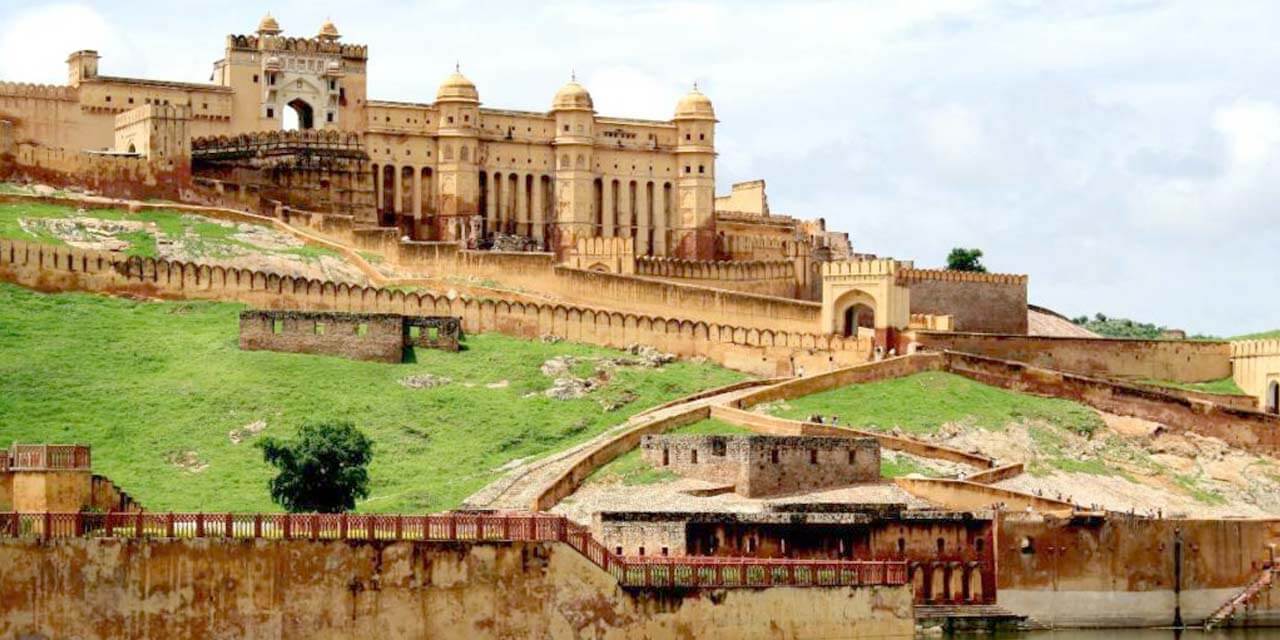
Jaisalmer Fort
A UNESCO World Heritage Site, Jaisalmer Fort is one of the largest living forts in the world. Rising from the golden sands, it’s often called “Sonar Quila” or the Golden Fort. Built in 1156 AD by Rawal Jaisal, it houses palaces, temples, and merchant havelis within its massive walls.
The narrow winding lanes are lined with shops, cafes, and homes of families still living there. Its blend of Rajput and Islamic architecture is awe-inspiring. The fort offers panoramic views of the city and desert beyond.
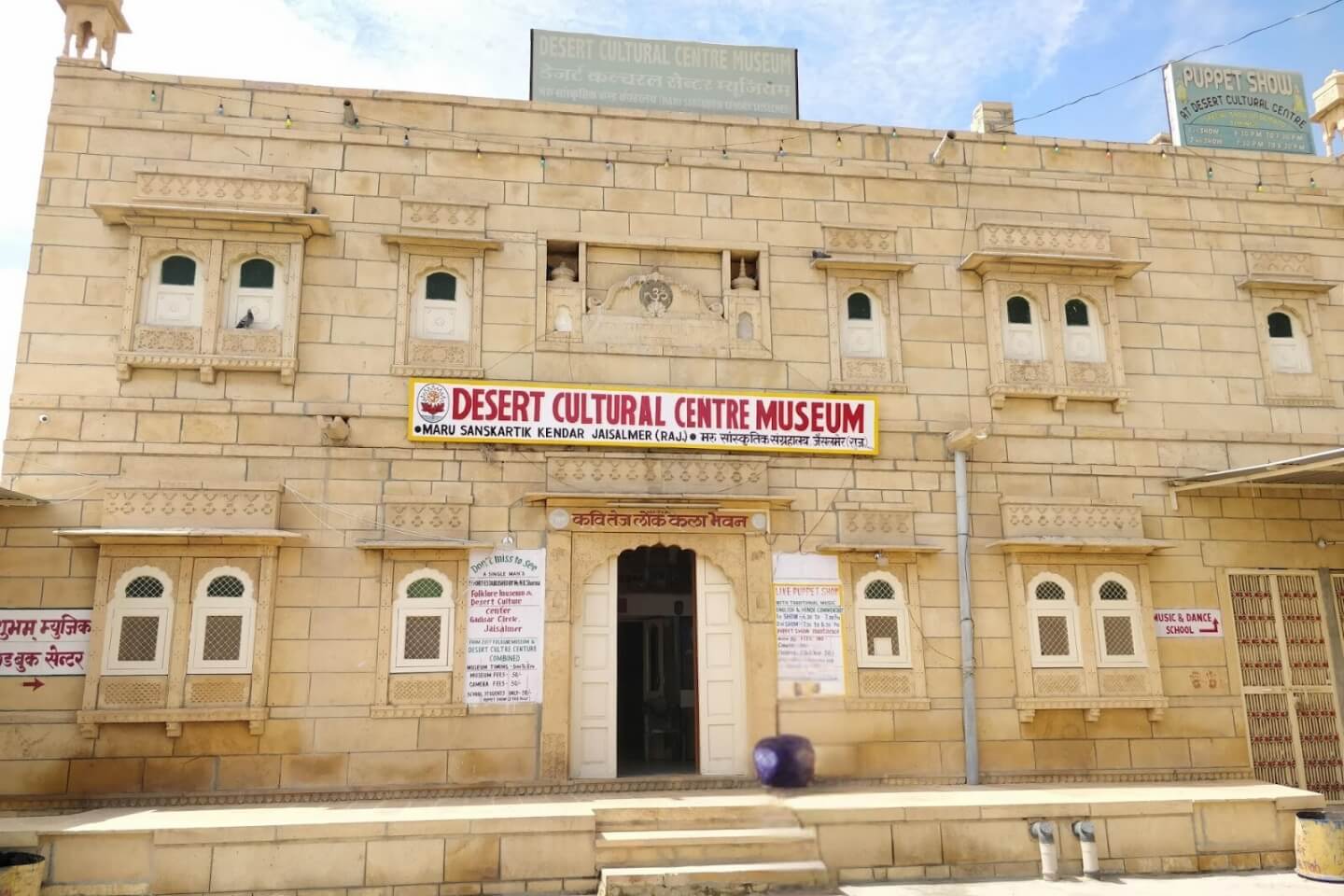
Desert Cultural Centre
This museum offers insights into local customs, folk music, dances, and desert heritage.
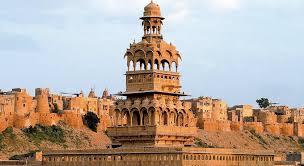
Mandir Palace
This former royal residence features Indo-Islamic architecture with Carved stonework and intricate jharokhas.
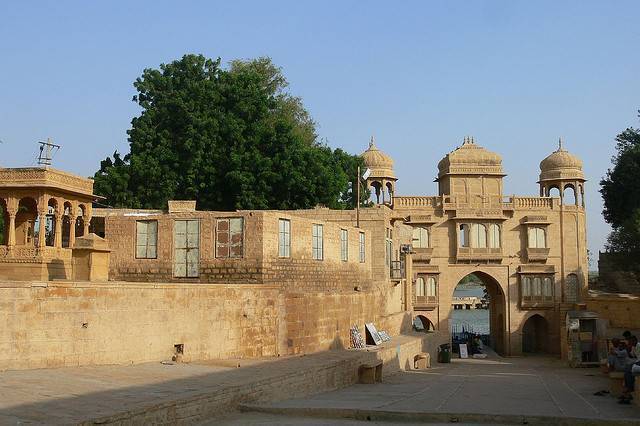
Folklore Museum
Situated near Gadisar Lake, it exhibits folk art, textiles, musical instruments, and puppetry.
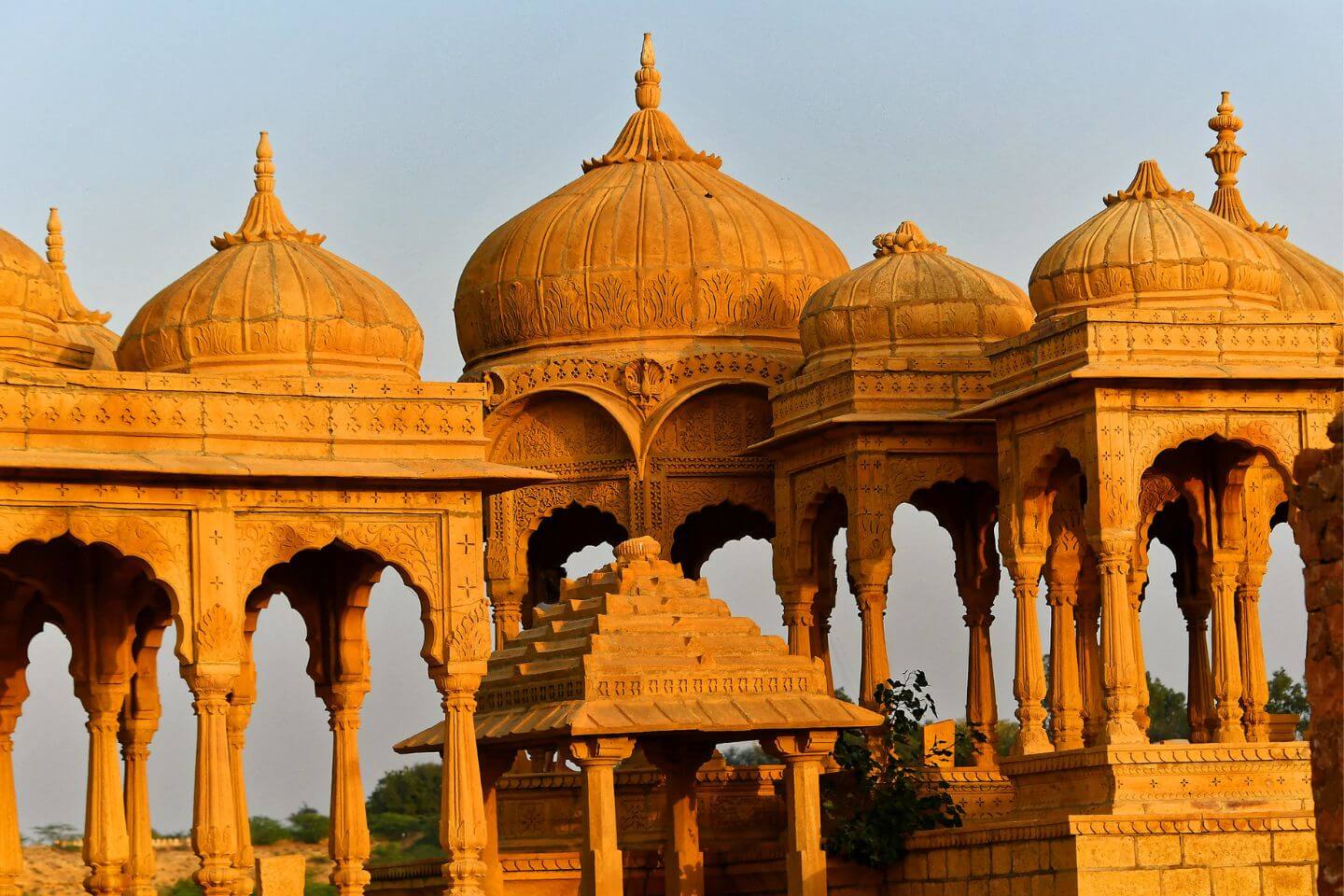
Vyas Chhatri
A beautiful collection of golden cenotaphs dedicated to Sage Vyas, offering panoramic views during sunset.
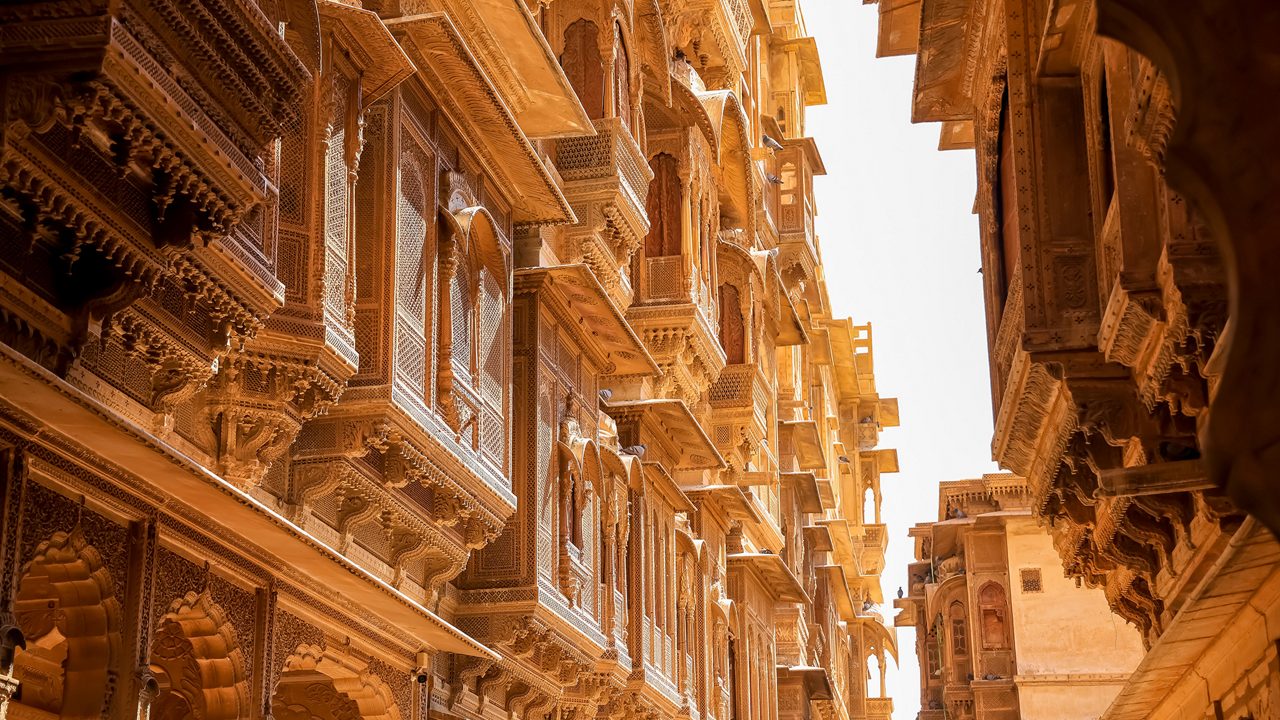
Patwon Ki Haveli
This grand haveli is actually a cluster of five havelis, built by a wealthy trader family in the 19th century. It showcases exquisite mirror work, intricate carvings, and vibrant frescoes on sandstone. The haveli gives insight into the lavish lifestyle of wealthy merchants of the time.
Some parts have been converted into museums displaying artifacts, crafts, and furniture. Its detailed architecture is a testament to Jaisalmer’s artistic legacy. A top spot for photographers and architecture enthusiasts alike.
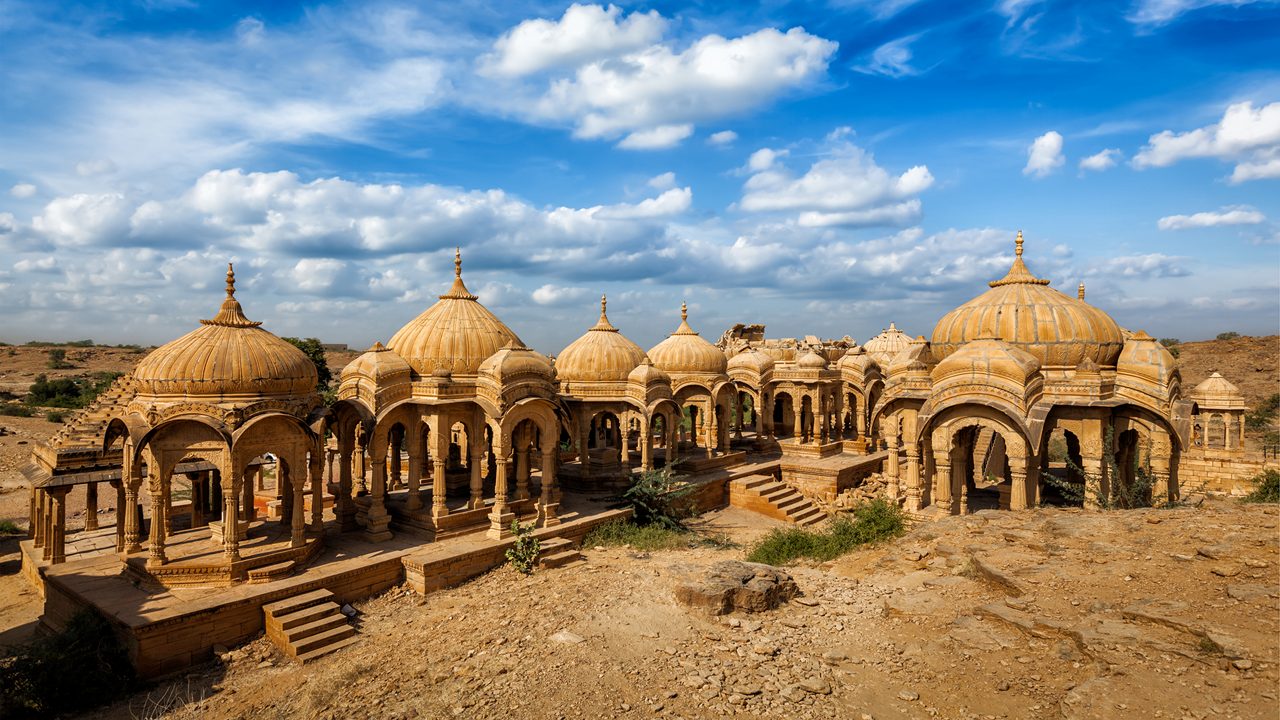
Bada Bagh
Royal cenotaphs set amidst a desert landscape, ideal for photography and history lovers.
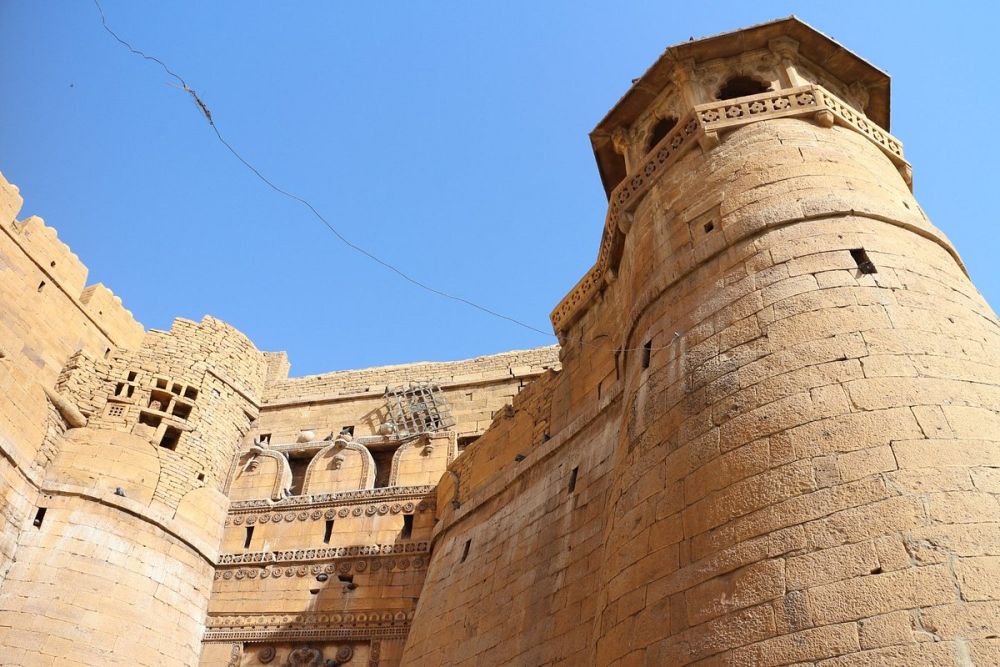
Surya Gate
The main entrance to the Jaisalmer Fort, rich in medieval architectural character.
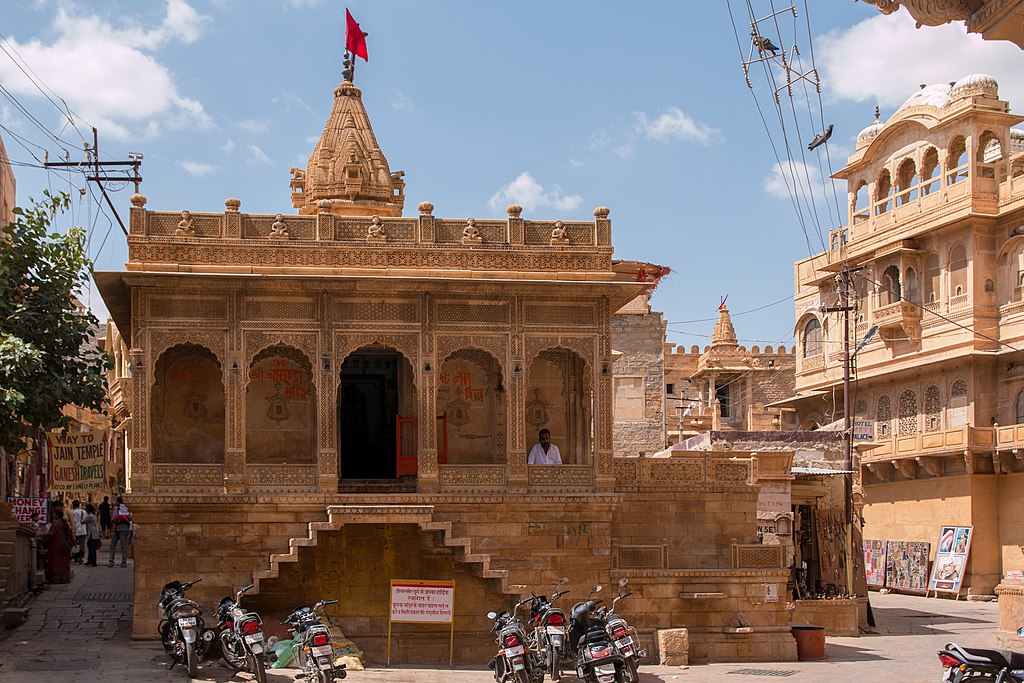
Dussehra Chowk
A central square in the fort used for public gatherings and historic celebrations.
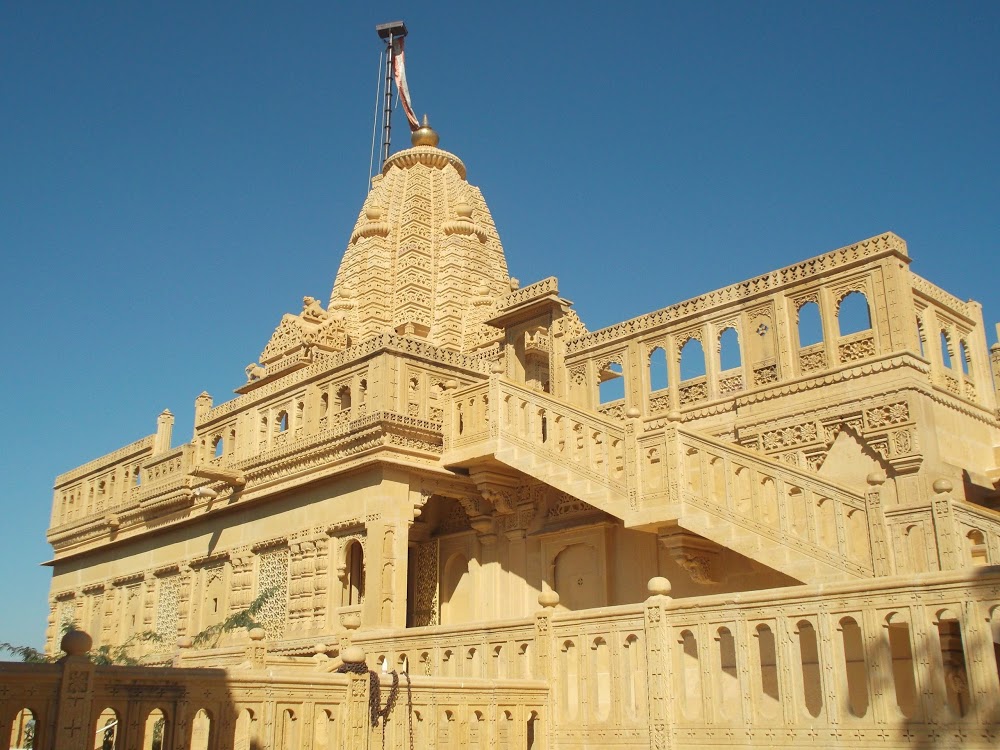
Amar Sagar Temple
Located near the Amar Sagar Lake, this temple features elaborate carvings and a serene setting.
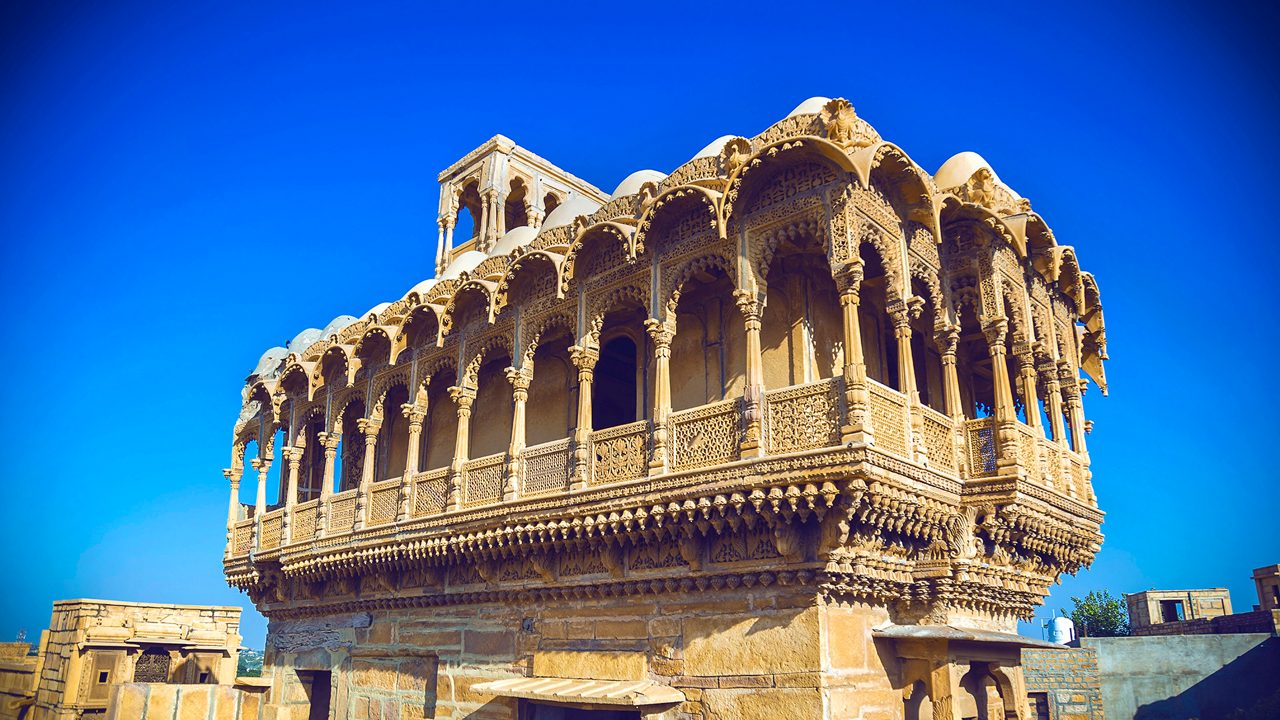
Salim Singh Ki Haveli
Built in the late 17th century, this haveli is famed for its unique peacock-shaped roof and 38 intricately carved balconies. It was the residence of Salim Singh, the then prime minister of Jaisalmer. The haveli’s narrow structure rises high with a beautifully arched roof, giving it a distinct character.
Legend says Salim Singh aspired to make it taller than the fort, causing tension with the royal family. Its ornate design reflects the grandeur of the period. It remains one of the most photographed havelis in Rajasthan.
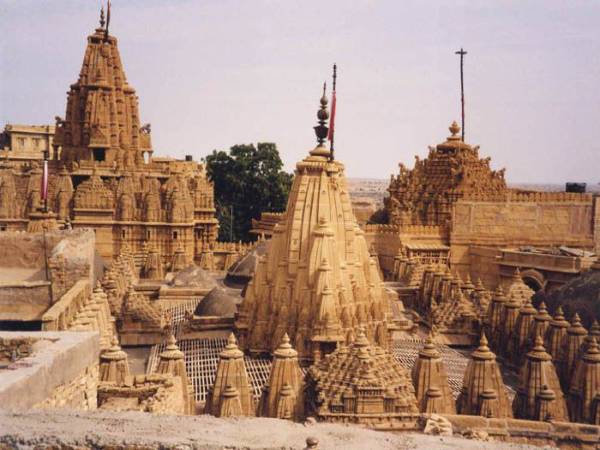
Jain Temples
Dating back to the 12th century, these temples are dedicated to various Jain Tirthankaras and are adorned with intricate carvings.
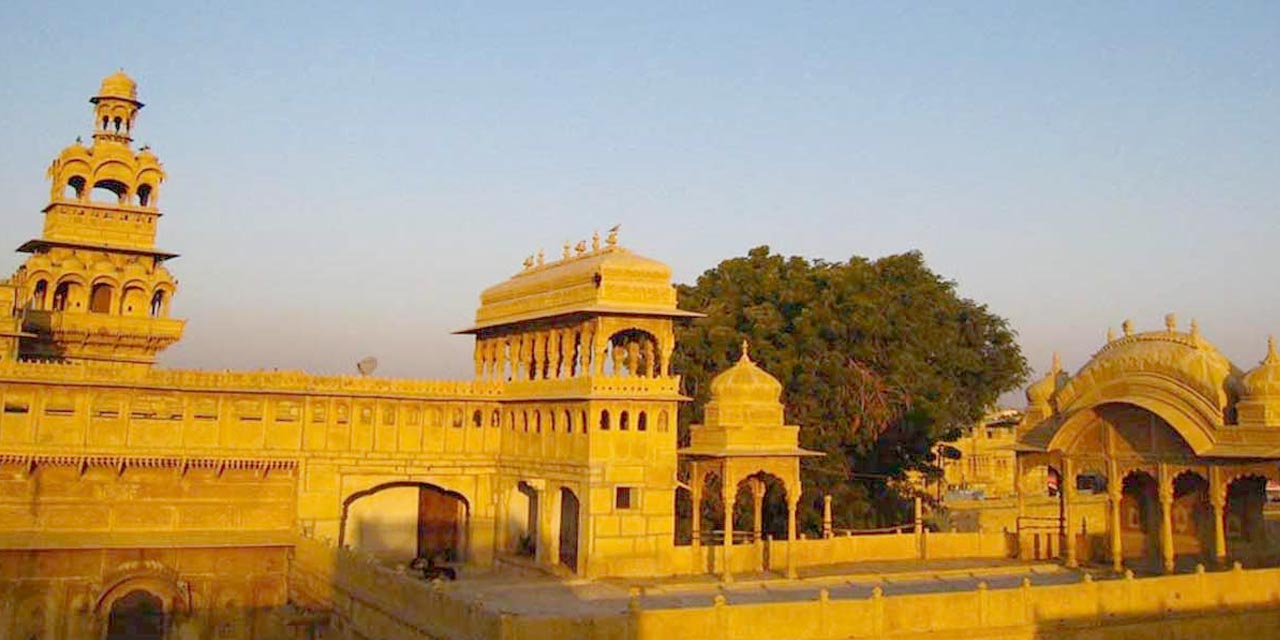
Tazia Tower
A symbolic representation of a procession, this five-storied tower is known for its Islamic-style architecture.
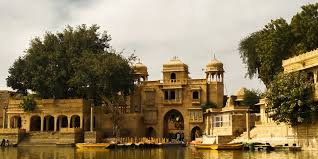
Gadisar Lake
A serene lake surrounded by temples, pavilions, and ghats, perfect for peaceful boat rides and bird watching.
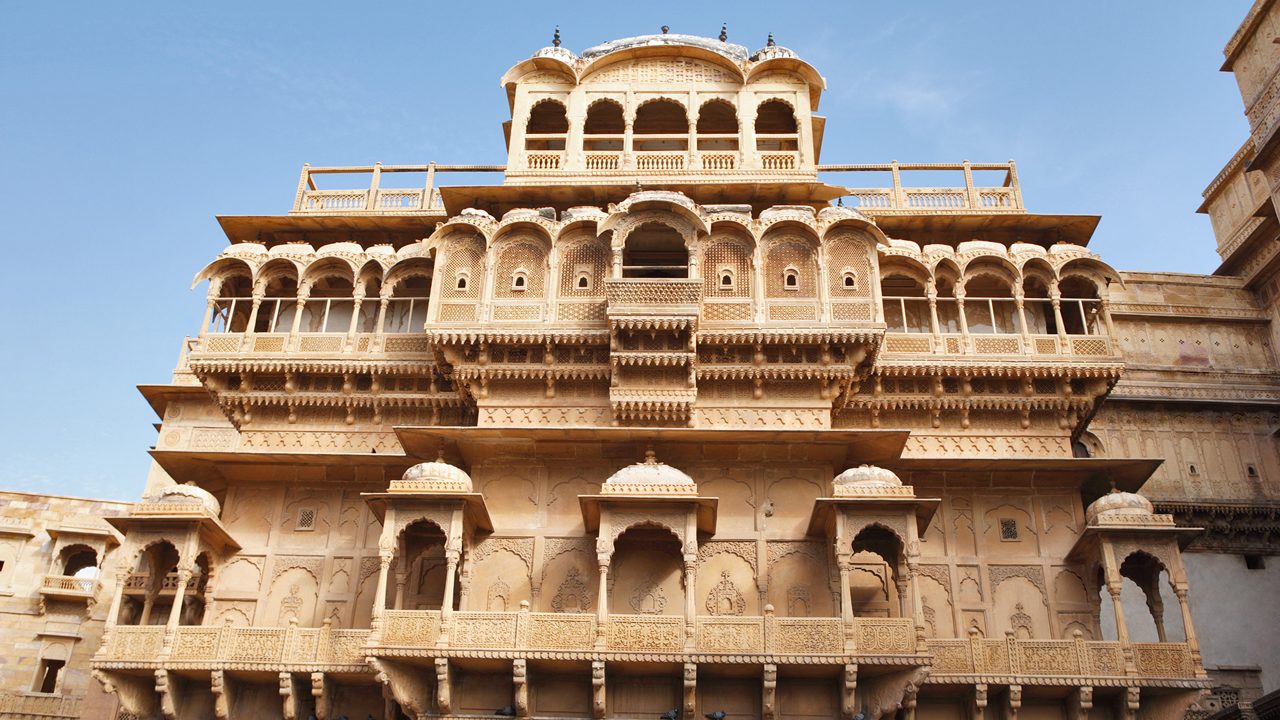
Nathmal Ki Haveli
Constructed by two architect brothers in the 19th century, Nathmal Ki Haveli stands out for its symmetry and artistry. Each brother worked independently, resulting in a structure with two slightly different sides—yet perfectly balanced.
The haveli is adorned with intricate carvings of elephants, flowers, soldiers, and even modern objects like fans and bicycles. Its fusion of Rajput and Islamic styles creates a distinctive facade. Still partly residential, it’s a living piece of history showcasing the blend of creativity and craftsmanship.
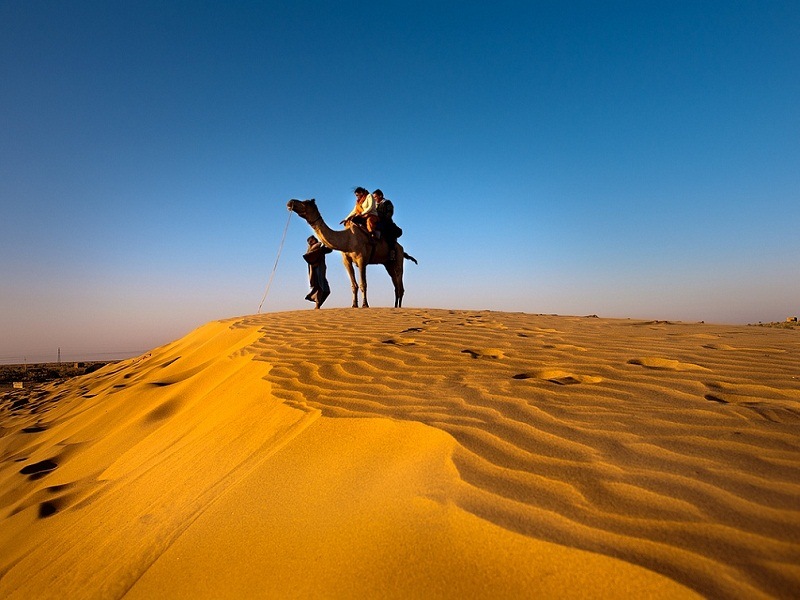
Sam Sand Dunes
Offers the quintessential Thar Desert experience just 40 km from Jaisalmer. The sweeping golden sands are perfect for camel rides, jeep safaris, and breathtaking sunset views. At night, the area transforms into a cultural hotspot with Rajasthani folk music and dance around campfires.
Luxury tents and desert camps enhance the charm of staying under the stars. It’s a must-visit for those seeking adventure and authenticity. The annual Desert Festival held here adds extra vibrance to the landscape.
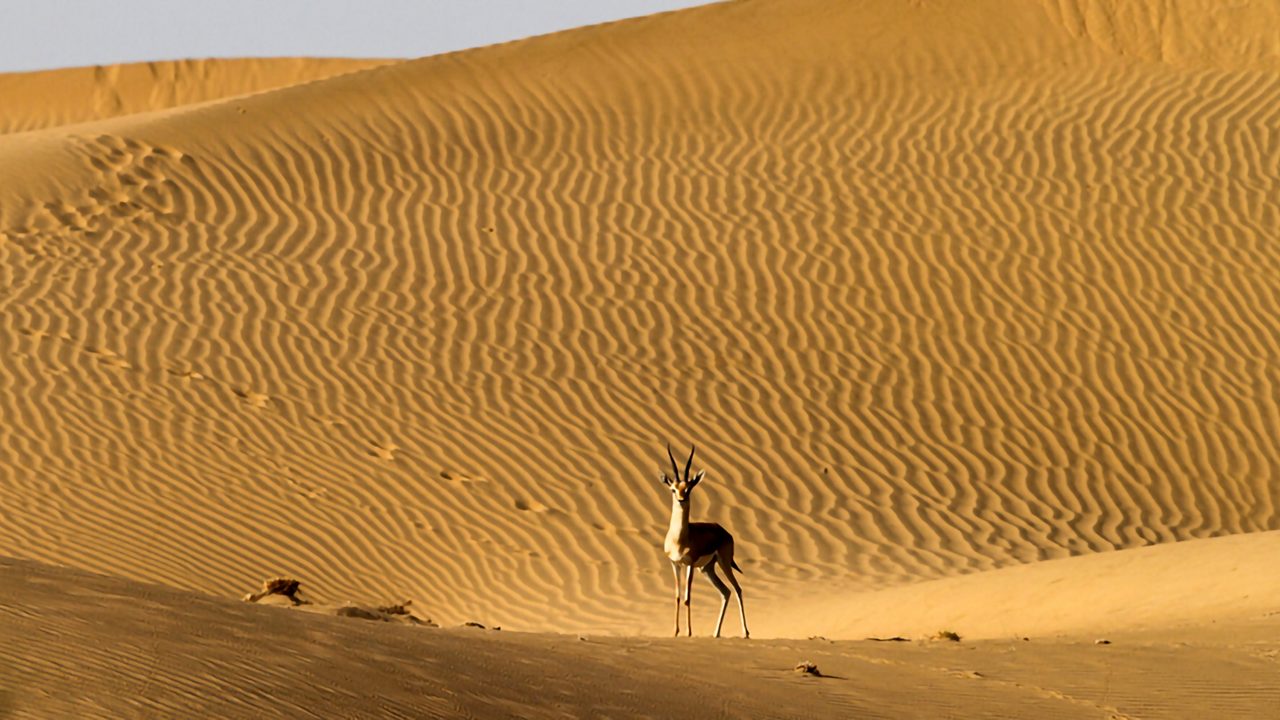
Desert National Park
Spread across the Thar Desert, it showcases flora, fauna, and fossils, including the endangered Great Indian Bustard.
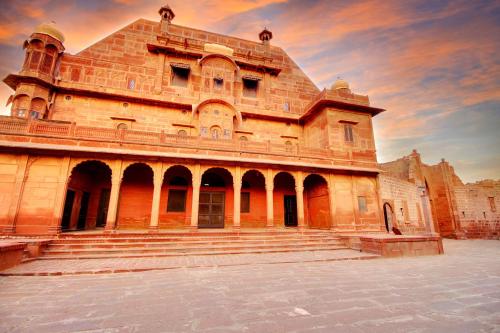
Pokhran Fort
This 14th-century fort was a defense post and now offers a glimpse into royal Rajasthani architecture and history.
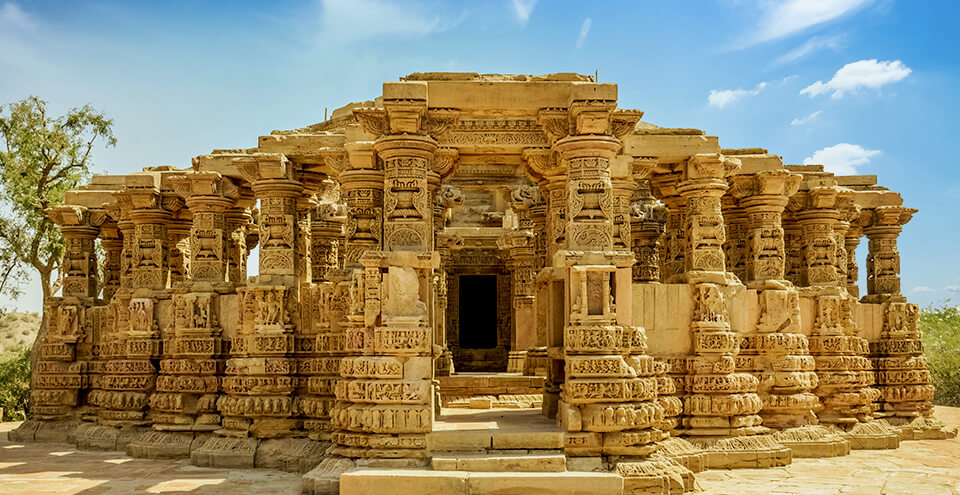
Barmer
A culturally rich town known for its wooden carvings, block printing, and vibrant folk music.
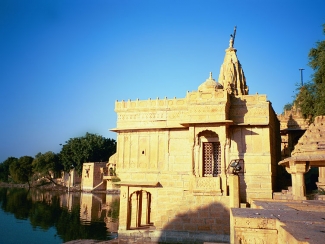
Moolsagar
A historic garden complex with temples, palaces, and pavilions built for summer retreats of Jaisalmer royalty.
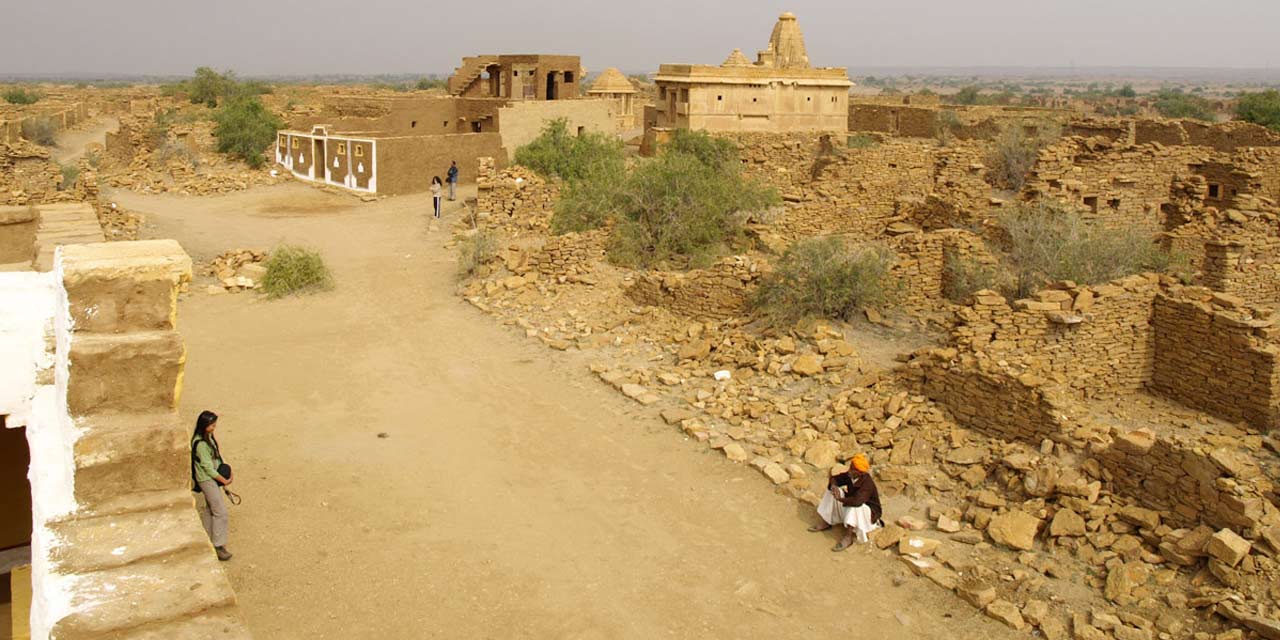
Kuldhara Village
An abandoned village steeped in mystery, Kuldhara lies about 20 km from Jaisalmer. Legend says the Paliwal Brahmins deserted it overnight centuries ago, leaving behind eerily silent ruins. The story involves curses, love, and oppression, making it a haunting yet intriguing destination.
Visitors explore crumbling homes, empty streets, and a temple still standing in solitude. The archaeological site is now protected and preserved as a heritage spot. It’s a favorite among photographers and history buffs.
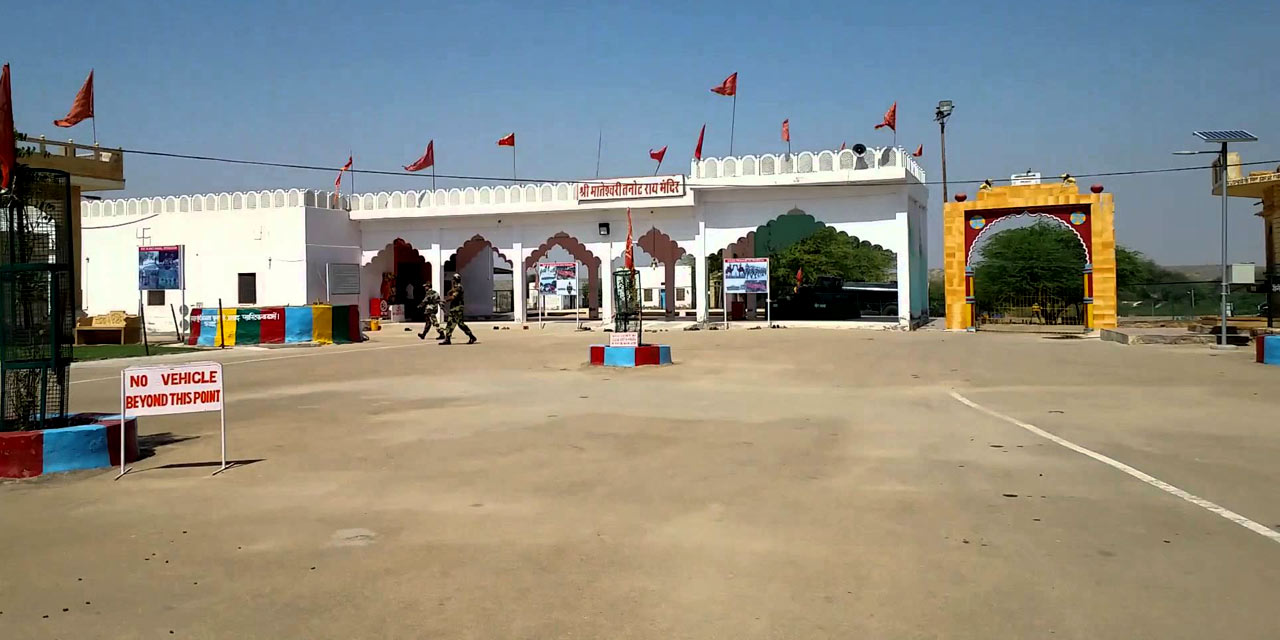
Tanot Mata Temple
Located close to the Indo-Pak border, this temple is believed to have divine protection powers. It survived intense shelling during the 1965 and 1971 wars.
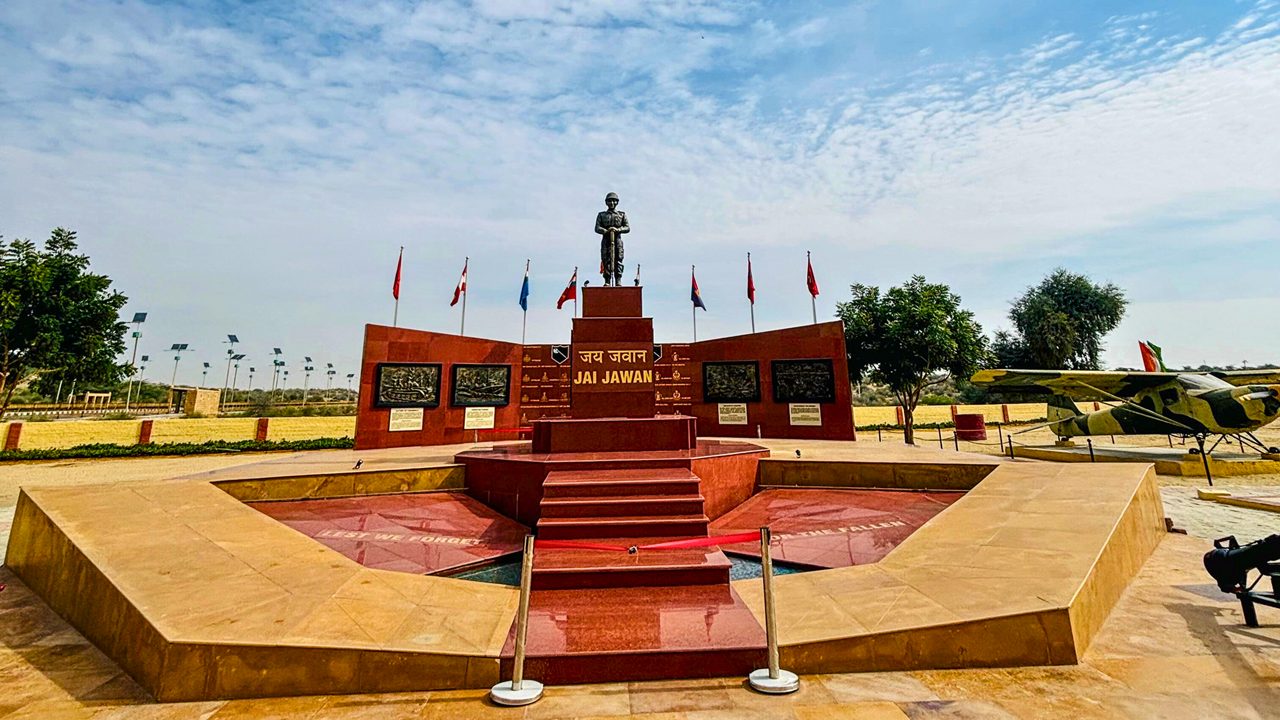
Longewala War Memorial
Commemorates the Battle of Longewala during the 1971 war. It features war tanks, a museum, and a light & sound show highlighting India’s military valor.
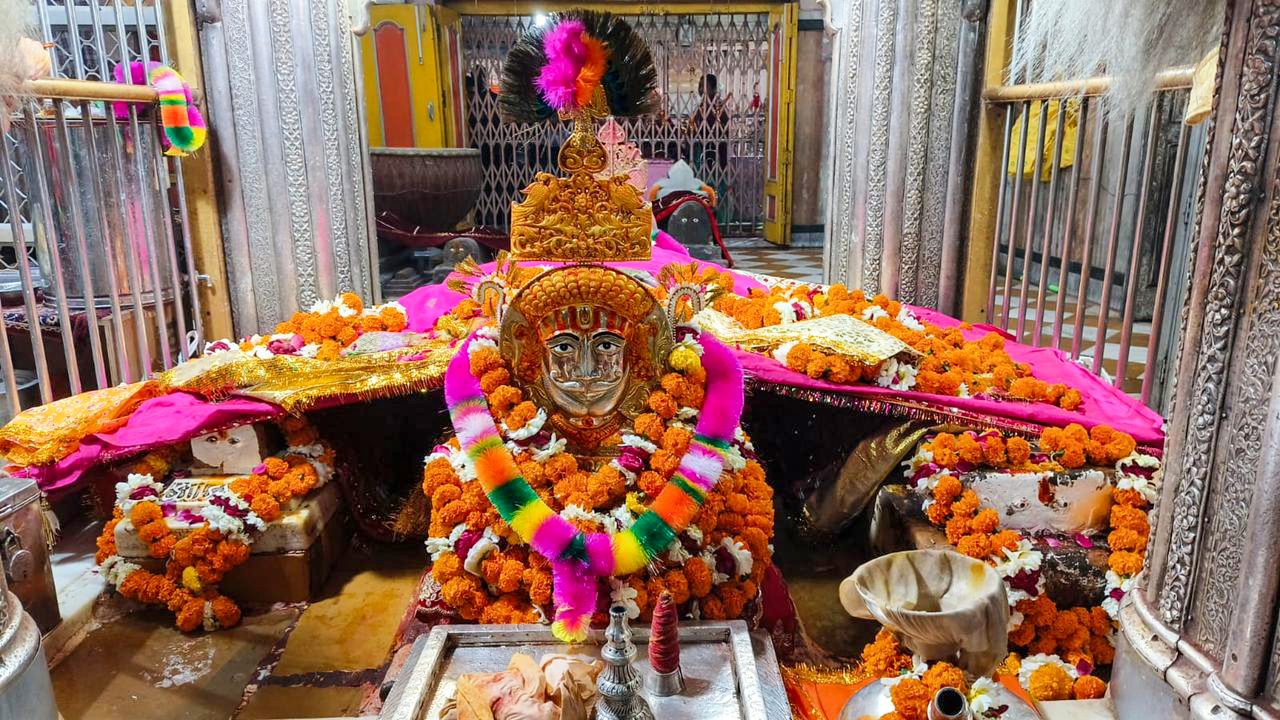
Ramdevra Temple
A spiritual site dedicated to Baba Ramdevji, attracting devotees from all over India. The annual fair here is especially vibrant.
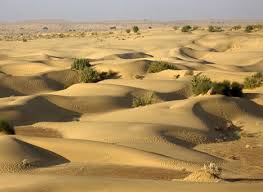
Khuri Sand Dunes
Located in the Chandraprabha Wildlife Sanctuary, about 65 km from Varanasi, these twin waterfalls are a hidden gem for nature lovers. Rajdari Waterfall cascades dramatically over rocky terrain, while Devdari Waterfall provides a peaceful and quieter experience.Quieter and more rustic than Sam, Khuri Sand Dunes are ideal for a peaceful desert escape.
Located around 45 km from Jaisalmer, the village offers raw desert charm with fewer crowds. You can experience authentic Rajasthani hospitality through local homestays, camel rides, and traditional meals. The gentle dunes are perfect for long walks and tranquil sunsets.
Jaisalmer Blogs
- Rajasthan Cultural guide
- Places to visit in Jaisalmer
- Places to visit nearby Jaisalmer
- India’s most popular destination
- India’s archaeological marvels
Recommended articles
- Rajasthan Cultural guide
- Places to visit in Jaisalmer
- Places to visit nearby Jaisalmer
- India’s most popular destination
